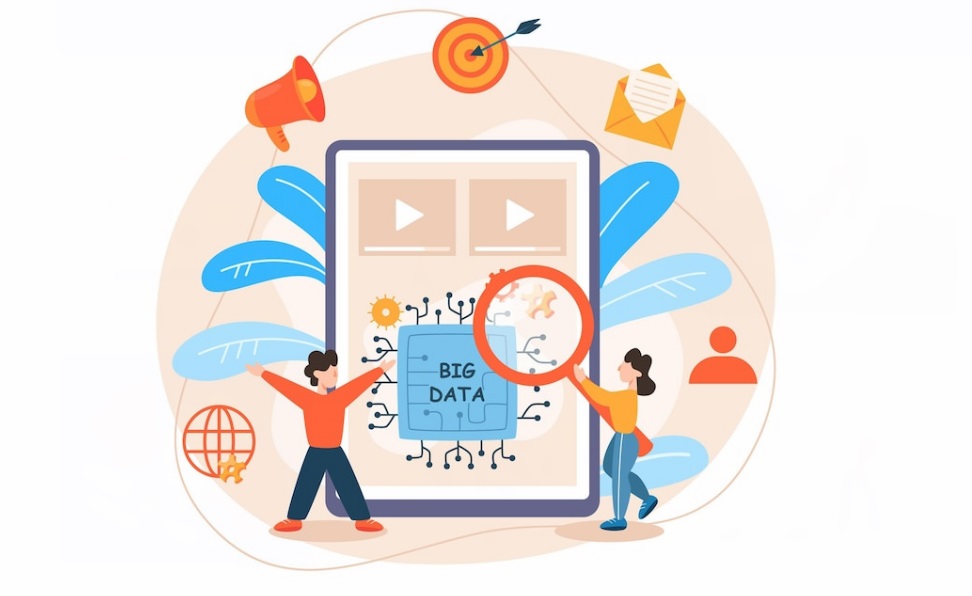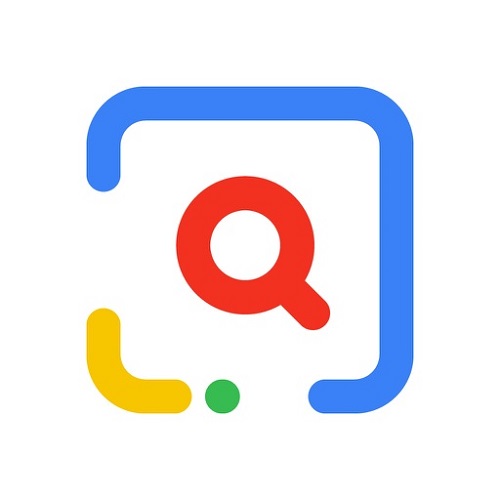Millions of images are uploaded onto the internet everyday. If your business depends on using images on a daily basis, this may sound great at first, because it means that there are more pictures to choose from. But the game changes when you realize that after choosing one, you also have to verify its origin, check its legal use or make sure that it hasn’t been modified.
You may think that just by doing some google searches you can solve the problem, but those images you find on google can be duplicated, stolen artwork, manipulated media and a long etc. So, how can you verify the originality of a picture or search for its origin?
The easiest way would be to do a reverse image search, which is a technique used to search for the original source where a particular image originated or different places where that a picture was used.

It is commonly used by journalists or influencers to check the authenticity of a picture, identify fake news before sharing it. It’s also very useful for artists that want to check if someone is using his their artwork without permission.
This technique has become so common that many tools and APIs have been already developed to make it easier for people who need to do it routinely. Using these tools, people who work with images and need to check their authenticity every day can save many hours a month.
The question is which of these tools would fulfill your every need. After all, there are applications developed for checking a picture’s authenticity but may be slower when recognizing similar images, or may be keen to track the different uses of an image but are not designed for finding the original source.
Reverse image search API may be the tool that has it all. The API is designed to return a list of links where the image was used and labeled when you provide it the URL of the image you wish to search for.

This tool is becoming famous for helping users identify the sources of photos and verify their authenticity, making it possible to check the veracity of a profile photo or the identity of an image’s owner.
With the aid of a visual search algorithm, all outcomes may be instantly and accurately compared to the original image. That way, instead of the numerous results of comparable photographs you can frequently found in common search engines like google or bing, with Reverse image search API you will receive a well list of similar images oragices by the provided filter, whether you want to find a photograph original source or a better resolution archive of the same picture.
The API provides different plans depending on how many searches you will need to perform per month. This way, novice users can start with a basic plan to test the APIs applicability for their business or slowly learn how to make the best of every search.
With the use of Reverse image search API, developers may quickly integrate visual search technologies into websites, applications, and database management systems to scale and improve crawling and searching operations.
By automating the image search process, you can identify photos in huge media libraries even if IDs, tags, or labels are absent or inconsistent. This will save you a lot of time, and as you are well aware, saving time is saving money.


